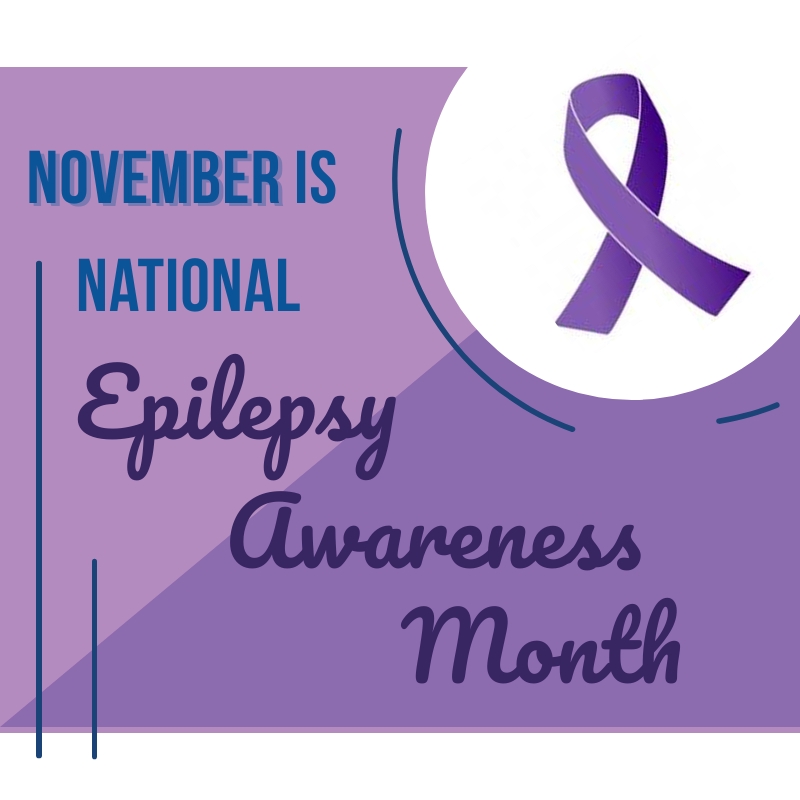

November is National Epilepsy Awareness Month. According to Wikipedia, the color purple, or more specifically Lavender, is chosen as the representing color. Lavender, the plant (not the color), acts as a central nervous system relaxant and anticonvulsant.
This topic is personal to me as I have a brother-in-law and a dear friend; both epileptic for most of their lives. It never ceases to amaze me that the untrained bystander, or sometimes even the trained bystander, still think it’s necessary to put something in the mouth or hold down a seizing patient.
Contrary to what many believe to be true, bystanders should NEVER put anything in the mouth of a seizing patient. Not before, not during, and not after the seizure. This means no spoons, wallets, “bite sticks,” fingers, etc. Additionally, bystanders should NEVER restrain a person having a seizure in any way. This can cause more harm to the patient as well as the bystander.
So what do you do if someone has a seizure? This checklist from the Epilepsy Foundation of American offers this first aid sequence. Click the link or read below.
- STAY with the person and start timing the seizure. Remain calm and check for medical ID.
- Keep the person SAFE. Move or guide away from harmful objects.
- After the seizure, turn the person onto their SIDE if they are not awake and aware. Don’t block airway, put something small and soft under the head, loosen tight clothes around neck.
- Do NOT restrain.
- STAY with them until they are awake and alert after the seizure. Most seizures end in a few minutes.
You can call 911 if you’re not sure what to do, but definitely call 911 if one or more if these issues occur:
- Seizure lasts longer than 5 minutes
- Repeated seizures
- Difficulty breathing or the seizure occurs in water
- Person is injured, pregnant, or sick
- Person does not return to their usual state
- First time seizure
For more information on Epilepsy, please go to Epilepsy.com.

